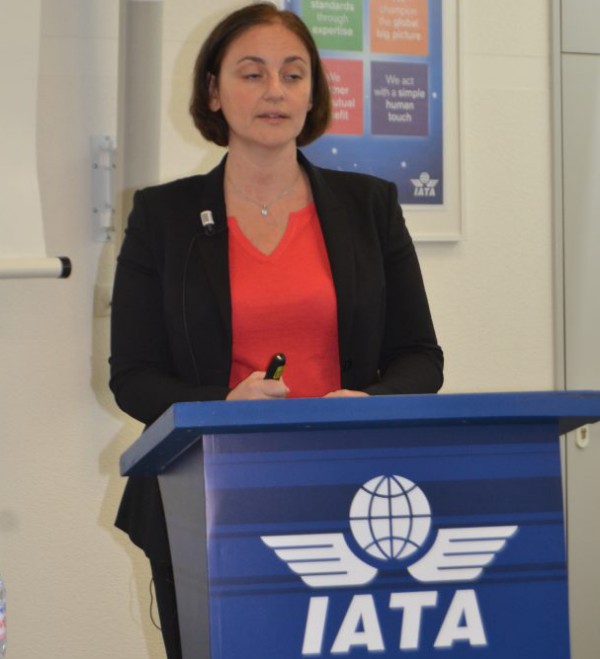Despite the absence in Namibia of clear regulations for unmanned aerial vehicles, also known as drones, the International Air Transport Association (IATA) yesterday said that in many ways Africa is already leading the way in the use of drones.
Countries like Rwanda, Tanzania, South Africa, Malawi and Lesotho are already using drones to deliver medicine and other healthcare related deliveries to usually inaccessible rural communities.
Namibia’s Directorate of Civil Aviation (DCA) presented draft regulations on unmanned aircraft operations and requirements in March 2016 and drone operators in the country are eagerly awaiting the promulgation of the new legislation.
About 90 states around the world already have regulations in place for UAS (Unmanned Aircraft Systems).
“Drones can make inaccessible rural communities easy to get to, thereby unlocking the economic potential of isolated areas. Drones offer new business opportunities, particularly for manufacturers, postal operators, traditional airlines and airports and can lead to the establishment of drone-ports,” said Celine Hourcade, IATA’s head of cargo transformation. She was speaking at IATA’s Global Media Day in Geneva, Switzerland, yesterday, where she pointed out that drones can also be used by the airline industry to gain efficiencies, reduce costs and increase speed.
Hourcade added that drone business opportunities exist in three main areas, namely airport and ground operations, transportation of goods, as well as the transportation of passengers.
“Some airlines are currently testing the use of drone in terms of airport surveillance and inspection, as well as bird and wildlife control. Some drones are used to clear the airport runways before take-off and are being used for aircraft inspection. It is an opportunity to make aircraft inspection faster. Because it is faster it is also cheaper,” Hourcade told about 300 aviation and business journalists from around the world who are attending the IATA Global Media Day.
“Small drones offer exciting opportunities for the transportation of goods in both first and last-mile delivery and they can support specialised delivery solutions in transporting emergency supplies to remote areas and acting as a first response to humanitarian crises and natural disasters. “Larger drones that are under development could unlock communities without transport infrastructure and could be, along with medium-sized drones, cost-effective alternatives to traditional aircraft,” Hourcade added.
Rob Eagles, IATA’s director of air traffic management infrastructure, is in favour of registration and training for drone owners and operators, saying registration linked to drone education is seen as a positive for all stakeholders.
“Drone pilots need special training. Flying a drone is quite different from flying an airplane, because drone pilots are deprived of four of the five senses. In addition, law enforcement must play an active role in the regulation of drones,” Eagles said.
He added that IATA is actively engaged in the development of remote pilot training, licensing and medical requirements to help ensure safety standards in non-segregated airspace are not compromised.
Drones are also becoming a popular option for e-commerce retailers, like Walmart, Amazon ad Alibaba and is already being used by postal operators in France, Switzerland, Spain, Singapore, Australia, Ukraine and Germany.
The latest entrant in the aviation industry is also attracting new players, such as Google, with its Project Wing, as well as others like Matternet and Zipline. In the near future drones are also expected to be used to transport passengers in flying cars, flying taxis or flying buses.
IATA’s goal is to facilitate this new branch of aviation by developing standards to support safe, efficient, orderly, reliable and sustainable high-frequency drone operations into the airspace system. The aviation body represents and serves the global airline industry.
Source: New Era


I would be very interested to learn more on how to expand to the different countries within Africa. I am in Africa working between Uganda and Kenya. If their is a POC in those locations please feel free to share their info so we could touch base.